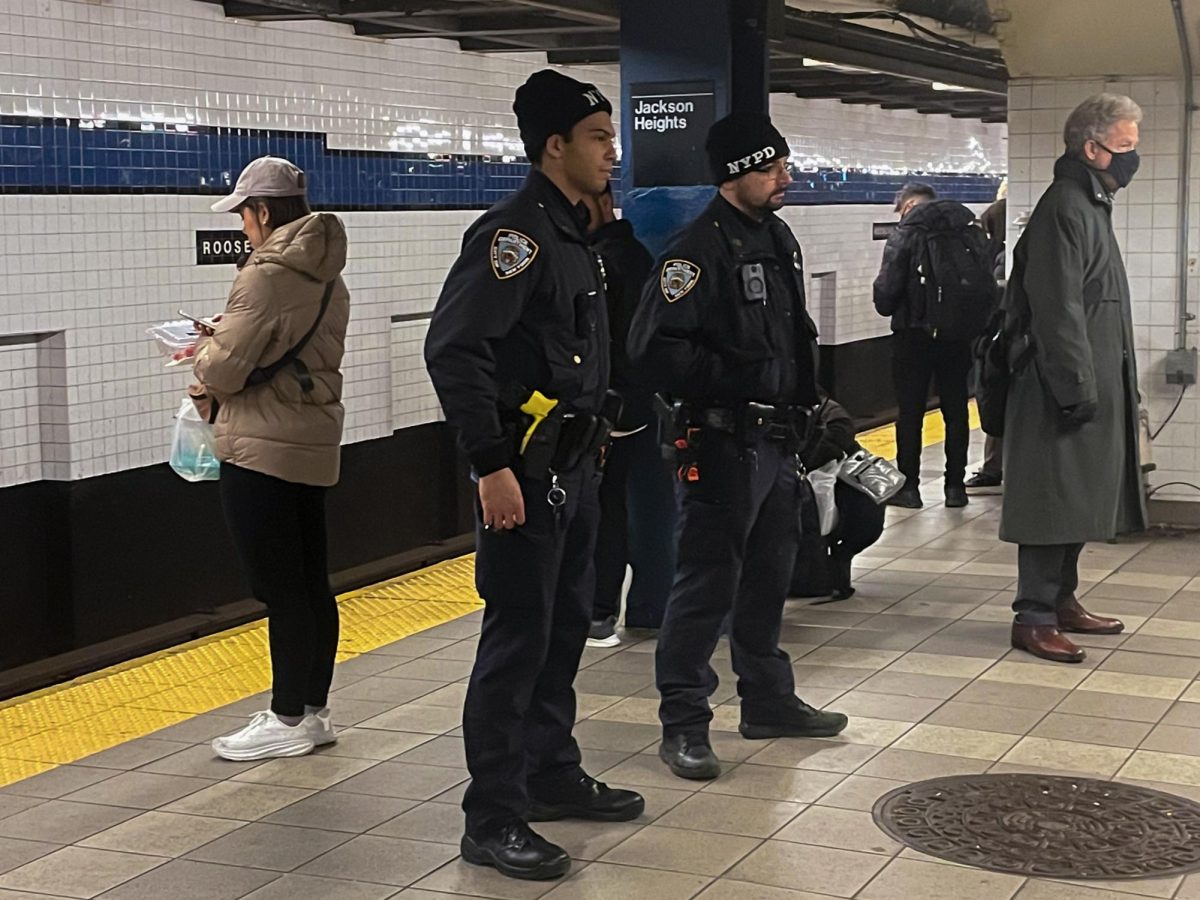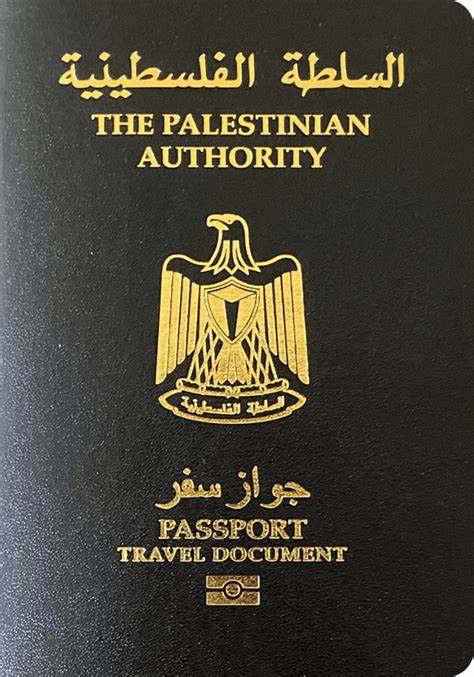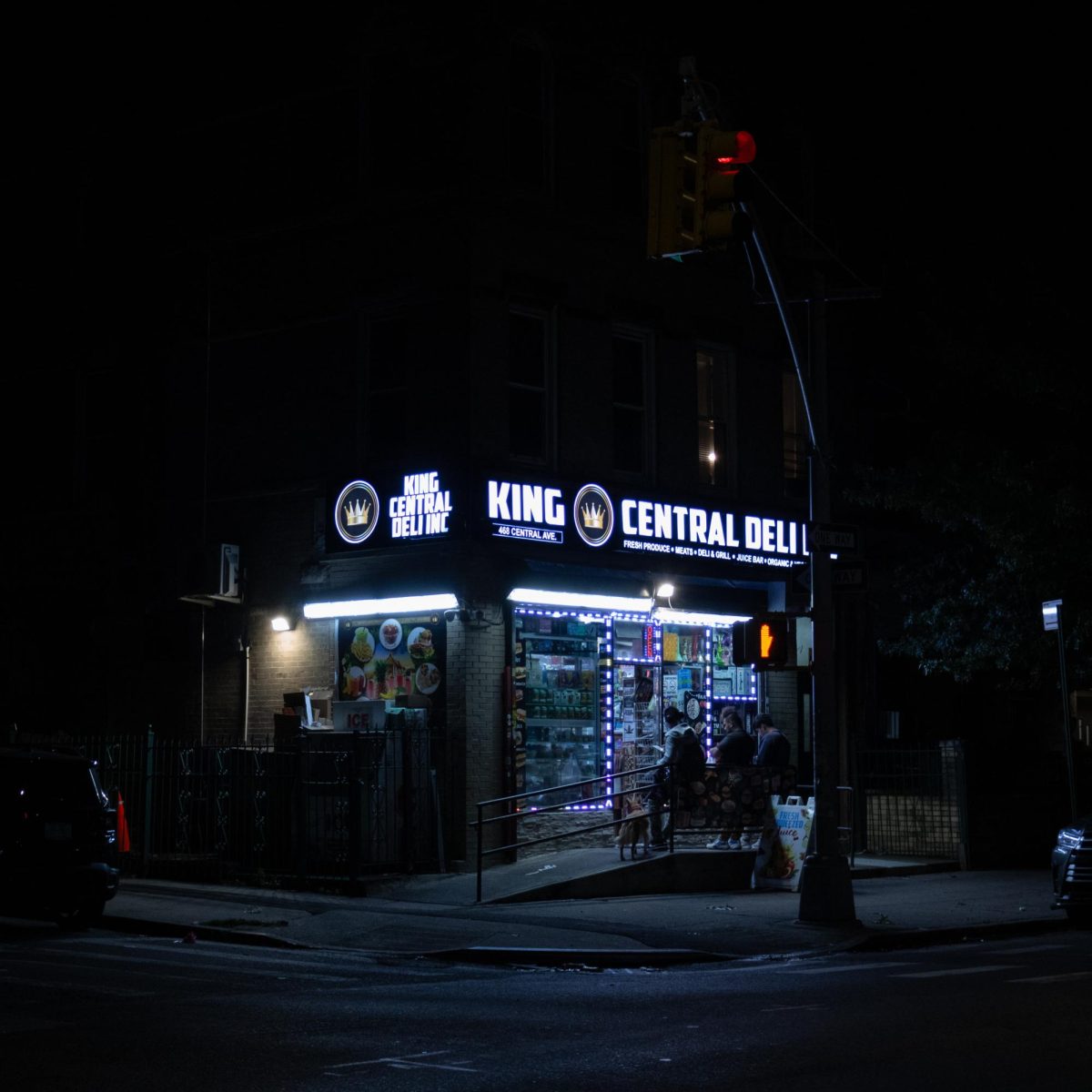The NYPD must now reform its policing of protests, as disclosed by Attorney General Letitia James, along with her office, The Legal Aid Society and NYCLU.
The U.S. District Court for the Southern District of New York authorized the agreement on Feb 5.
District Judge Colleen McMahon re-approved the settlement in February after the Police Benevolent Association, NYC’s largest police union, argued its case, noting that the public interest and police officer safety would not be jeopardized.
The agreement requires the application of a four-tiered response system to protests, which was announced in September 2023. For the safety of both protestors and the community, the NYPD is given a framework to establish an environment where protesters can exercise their First Amendment rights without interference.
In Tier 1, qualified protest liaisons engage with protesters through proactive communication and de-escalation techniques.
In Tier 2, an increased police presence is permitted as a precautionary measure if there is an indication of impending criminal activity or a risk of infrastructure being obstructed.
In Tier 3, an individualized probable cause triggers the deployment of officers to address the situation while maintaining a focused approach. This tier involves direct action by law enforcement to make arrests or citations for any unlawful conduct.
Tier 4 is activated under the direst circumstances where there are significant threats to public safety or order. Protests are to be dispersed, ensuring that the rights of individuals are still upheld.
The settlement originated from events during the 2020 Black Lives Matter protests.
In 2020, thousands of protesters marched through the streets of New York to demand racial justice following the murder of George Floyd.
Tensions quickly rose, and the NYPD inflicted various forms of police brutality, ranging from but not limited to unnecessary beatings, assault, the use of firearms and wrongful imprisonment of protesters.
Former Governor Andrew Cuomo requested Attorney General James hold public hearings to “investigate interactions between police officers and the public during recent protests.”
The public could provide written testimony or testify orally.
In the preliminary report of the New York City Police Department’s Response to Demonstrations Following the Death of George Floyd, many witnesses called upon the NYPD’s “kettling” practice—a tactic used by the police where they confine protesters in a certain area by encircling them to prevent them from leaving.
The NYCLU said that the oversight committee is comprised of the office of the attorney general, the Commissioner of the New York City Department of Investigation, New York City Office of Corporation Counsel, the new First Amendment Activity Senior Executive, and two representatives from LAS, NYCLU.
It will monitor NYPD’s implementation and compliance with the new reforms over a multi-year period.
In the first phase, the NYPD is to modify its policies in accordance with the tiers system.
In the second phase, the DOI will hold biannual evaluations of the NYPD’s response to protests.
The third phase maintains court oversight for 12 months.







